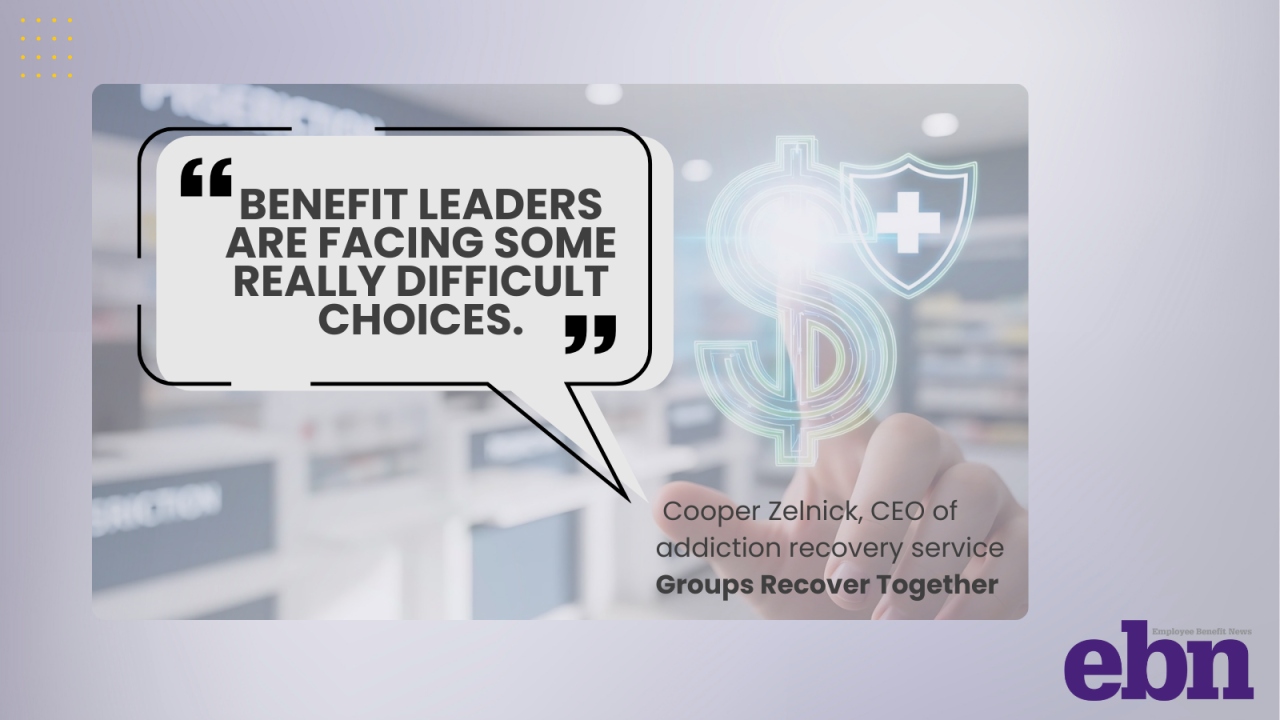As the lines between
The TBC model provides an employer with a single team of consultants, with team members having specialty backgrounds in each aspect of an organization's employee benefit plan.
Read more:
Historically, organizations have managed retirement plans, health insurance and wellness initiatives through separate advisers or vendors. But as workforce expectations evolve and compliance demands grow more complex, this siloed model is proving inefficient and unsustainable.
Without a unified strategy, communication can often become fragmented, administrative workloads increase and opportunities to align benefits with business goals are often missed. HR teams juggle multiple relationships and timelines, while employees are left navigating disconnected programs that feel more confusing than empowering. In contrast, TBC provides a centralized team of specialists, each with deep expertise in their respective areas working in sync to deliver a cohesive benefits experience.
Read more:
Using a single consultant for an organization's employee benefits plan can offer several key advantages across education, engagement, compliance and efficiency:
1. Education that drives retention
A dedicated consultant provides consistent, tailored communication and training, ensuring employees understand their benefits and how to use them effectively. Employees who understand and appreciate their benefits are 60% more likely to
2. Engagement that is engaging
With one point of contact, the consultant can build stronger relationships with employees, personalize support and create cohesive engagement strategies that resonate across the organization. Organizations with highly engaged employees have
Read more:
3. Stronger compliance
A centralized approach allows for streamlined oversight and better adherence to regulatory requirements, reducing the risk of errors or non-compliance. The average ERISA settlement in 2024
4. Efficiency that saves time
Working with one consultant eliminates duplication of effort, simplifies plan administration and creates a more coordinated and responsive benefits strategy. A total benefits approach can nearly cut in half the amount of time an HR professional spends administering plans. With a Mercer survey suggesting they devote on average two hours per week to this task, that's almost 100 hours returned to each HR professional, translating to real value for the organization.
TBC is not just a fit for Fortune 500 companies. Midsize employers also are increasingly adopting this model as they look for smarter ways to attract, retain and support talent — especially in a competitive labor market. As employee expectations rise and benefit plans grow more complex, organizations need a strategy that is as integrated as the lives of the people they serve.






